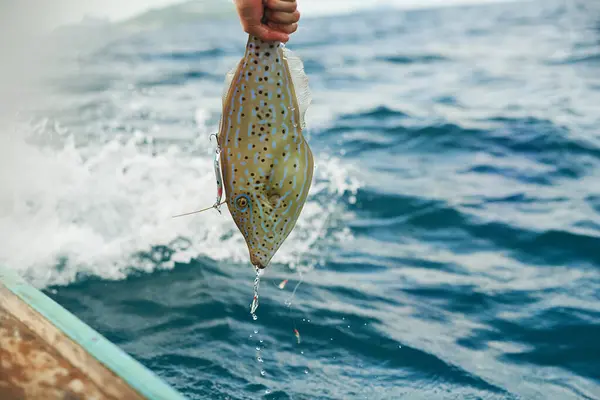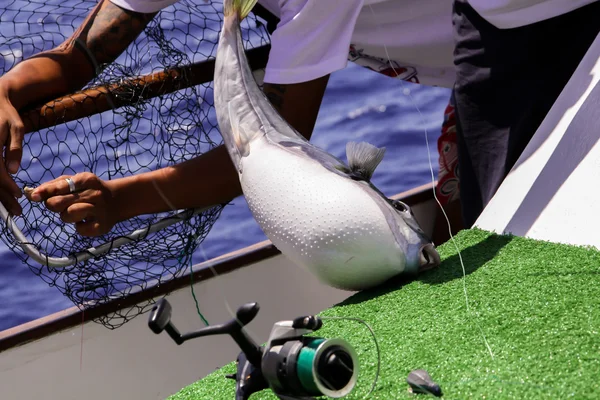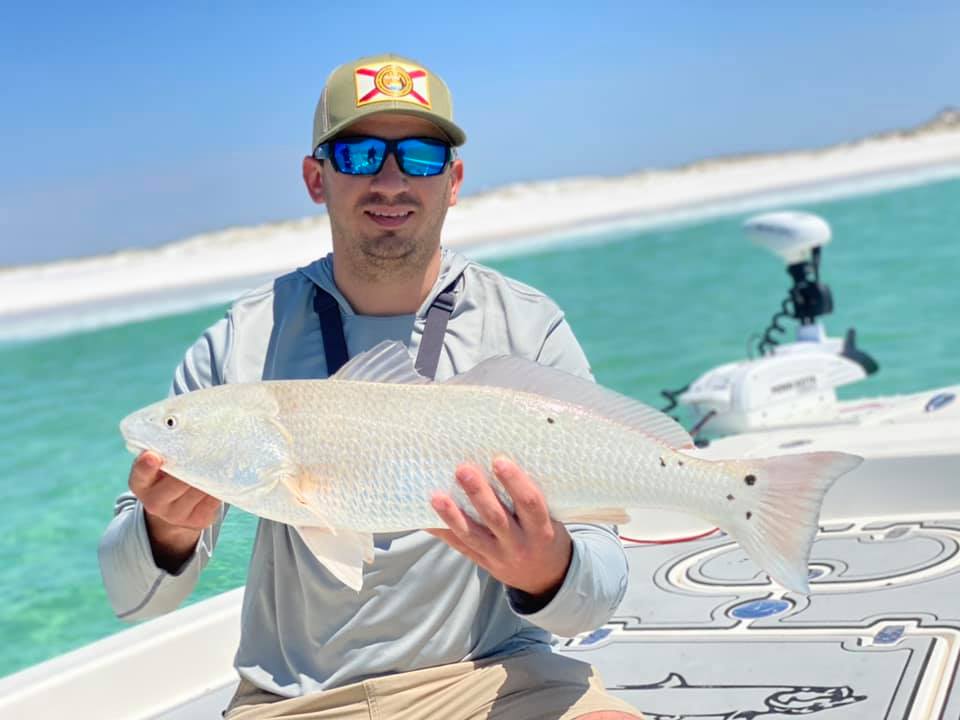What Happens to the Fish You Catch on a Charter?
Booking a fishing charter is one of the most thrilling ways to experience the ocean. Whether you’re reeling in your first marlin, snapping up a school of snapper, or chasing tuna in deep waters, there’s nothing quite like the satisfaction of a successful catch. But one question many first-timers (and even some seasoned anglers) ask is: What happens to the fish you catch on a charter?
The answer isn’t as straightforward as you might think. It depends on the location, the charter company, the type of fish, and local fishing regulations. Let’s dive into what typically happens to the fish you catch on a charter and what options you might have.

1. You Can Keep the Fish (Most of the Time)
In many fishing charters, especially in places like Florida, Australia, or Southeast Asia, you’re allowed to keep the fish you catch on a charter. It’s a great way to enjoy a fresh seafood dinner, possibly the freshest meal you’ll ever have. Some charter companies like us at Destin Florida Fishing Charters even offer to fillet and clean your catch for you, right on the boat or back at the dock. Others have arrangements with local restaurants that will cook your catch to your liking, may it be grilled, fried, or even as sashimi.
However, whether you can keep your catch depends on the type of fish and local laws. Many regions have strict size and bag limits designed to protect fish populations. For example, undersized groupers or out-of-season red snapper may legally have to be released. So while you might dream of bringing home a full cooler, the reality depends on the law and the discretion of the charter captain.
2. Catch and Release: A Sustainable Option
Not all fish you catch on a charter are meant to be dinner. Many charters promote catch-and-release fishing, especially for big game fish like marlin, sailfish, or certain types of sharks. These species are often protected or considered too valuable to be removed from their natural habitat. Catch-and-release fishing helps conserve fish populations, ensuring that future generations can enjoy the same thrilling experiences.
If you’re participating in a catch-and-release charter, the crew will typically be trained in how to handle fish properly to ensure their survival after release. This includes using barbless hooks, wetting hands before touching the fish, and limiting the time the fish spends out of water.
3. The Crew May Keep the Catch
In some regions and on certain types of charters, the fish you catch on a charter might not be yours to take home. Instead, the crew may keep it. This is especially common in commercial or semi-commercial charters where the catch is considered part of the crew’s compensation. Always read the charter agreement or ask in advance to clarify whether you get to keep your catch.
Some captains may let you keep part of the fish, while the rest goes to the boat’s crew or is sold at the local market. This is more common in areas where fishing is a key industry and tourists are helping fund the fishing trips through their charter payments.
4. You Might Get It Cooked for You
One of the more enjoyable outcomes of catching fish on a charter is having it prepared by a local chef. Many charter companies partner with nearby restaurants that will cook the fish you catch on a charter. This is particularly popular in tourist-heavy areas, such as Hawaii, Mexico, or the Caribbean.
It’s a unique experience to walk into a restaurant, hand over your catch, and enjoy it served with local sides and sauces just an hour later. Some places even provide a full “cook your catch” service, turning your fishing adventure into a gourmet experience.
5. Taxidermy and Trophies
If you catch a truly memorable fish, say a record-breaking tarpon or your first swordfish, you may want more than a photo. That’s where taxidermy or replica mounts come in. While this isn’t common for every trip, it is a popular option for serious anglers.
Some charter companies have connections with taxidermy businesses that will make a replica of your fish, based on its measurements and photos. This allows you to mount your prize without harming a protected species or dealing with the logistics of preserving a real fish. So even if you release the fish you catch on a charter, you can still take home a piece of the memory.
6. Processing and Shipping Your Catch
For anglers on destination fishing trips, like Alaskan halibut charters or tuna fishing off the coast of New Zealand, there are often services that will vacuum-seal, freeze, and ship your catch back home. This is especially helpful for travelers who aren’t able to take fresh fish on the plane with them.
Processing and shipping come with an additional cost, but it means that the fish you catch on a charter doesn’t go to waste and can be enjoyed long after your trip ends. Just be sure to ask your charter in advance if they offer this service, and be aware of import/export restrictions for seafood in your home country.

7. Educational Opportunities
On some charters, especially those run by eco-tourism companies or marine biologists, the fish you catch on a charter might be used for research. You may tag and release fish as part of a scientific study or educational program, helping scientists track migration patterns or monitor population health.
These experiences can be incredibly enriching, particularly for families or young anglers interested in conservation and ocean science. Not only do you enjoy the thrill of fishing, but you also contribute to marine research.
8. What Happens If You Catch Nothing?
Fishing, by nature, doesn’t come with guarantees. Even the best captains can’t promise a full cooler. If you don’t catch anything on your charter, most companies still consider the trip successful as long as the crew tried their best. Some charters may offer discounts or extended trips if the fishing is unusually poor, but this varies.
In such cases, you won’t have to wonder what happens to the fish you catch on a charter, because there wasn’t one! But the experience, the stories, and the adventure are often reward enough.
Wrapping It Up
So, what happens to the fish you catch on a charter? The answer ranges from eating it fresh, donating it to the crew, releasing it for conservation, or even turning it into a lasting trophy. Every charter is a bit different, so your best bet is to ask your captain what to expect before you cast your first line.
Whether you’re out for fun, food, or fishing glory, the fish you catch on a charter can be a big part of your ocean adventure. Just be sure to respect local laws, follow your captain’s guidance, and enjoy every minute on the water.
Planning to book a fishing charter in Destin, Florida? Contact us today and see how our charter captain can accommodate you!
Book Your Fishing Charter
LET’S GET STARTED

